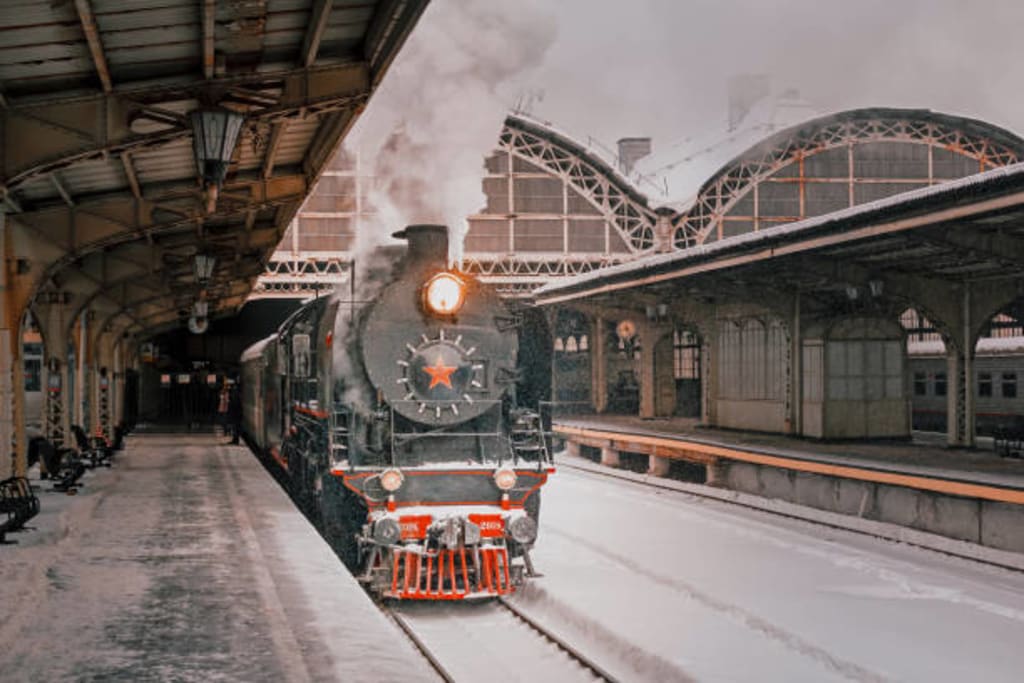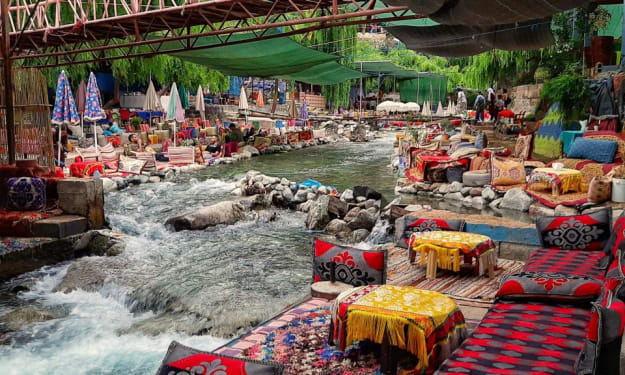
The history of railways is a transformative journey that spans centuries, reshaping economies, societies, and landscapes across the globe. The origins of railways can be traced back to the early 19th century, marking a pivotal moment in the history of transportation and industrialization.
**Early Beginnings:**
The world's first public railway, the Stockton and Darlington Railway, opened in England in 1825. Engineered by George Stephenson, this railway primarily served the transportation of coal from mines to ports. The use of steam locomotives, with Stephenson's "Rocket" becoming iconic in 1829, marked a revolutionary shift from traditional horse-drawn carts and opened the door to rapid, efficient transportation.
**Railways Drive Industrialization:**
Railways quickly became the backbone of industrialization, facilitating the efficient movement of goods and raw materials. The development of rail networks in Britain and Europe catalyzed economic growth by connecting manufacturing centers, ports, and resource-rich areas. The iron and steel industries flourished to meet the demands of railway construction, creating a symbiotic relationship that fueled the Industrial Revolution.
**Railways Across Continents:**
The mid-19th century witnessed an unprecedented global expansion of railways. The completion of the First Transcontinental Railroad in the United States in 1869 connected the East and West coasts, reducing travel time and stimulating westward expansion. In India, the introduction of railways in the 1850s played a crucial role in unifying the vast subcontinent and facilitating the movement of people and goods.
**Impact on Society:**
Railways transformed society by revolutionizing travel. Passenger trains became a popular and accessible mode of transportation, enabling people to traverse long distances comfortably and quickly. This accessibility had profound social implications, connecting communities, fostering cultural exchange, and altering migration patterns. The railway station became a hub of activity, symbolizing progress and modernity.
**Technological Advancements:**
The technological evolution of railways continued with advancements in locomotive design, signaling systems, and track construction. Electrification and the development of diesel engines further improved efficiency and reduced environmental impacts. High-speed rail emerged in the 20th century, setting new standards for rapid transit, exemplified by Japan's Shinkansen in 1964.
**Wars and Railways:**
Railways played a crucial role in both World War I and World War II, serving as logistical lifelines for transporting troops, equipment, and supplies. The strategic importance of railways was evident in the planning and execution of military campaigns. The wartime experiences highlighted the resilience and adaptability of rail networks under challenging conditions.
**Post-War Era and Decline:**
After World War II, the rise of automobiles and airplanes challenged the dominance of railways in passenger transportation. The decline of rail travel in many Western countries led to the closure of some rail lines and stations. However, freight rail remained vital for transporting bulk goods and raw materials, ensuring the continued relevance of railways in global trade and commerce.
**Revival and Modernization:**
In recent decades, there has been a renewed interest in rail transportation as a sustainable and efficient mode of travel. High-speed rail projects have been implemented in various countries, and investments in modernizing existing rail infrastructure have improved safety and reliability. Railways are seen as a key component in reducing carbon emissions and alleviating traffic congestion in urban areas.
**Future Prospects:**
The 21st century presents new challenges and opportunities for railways. Innovations such as magnetic levitation (Maglev) technology promise even higher speeds and smoother rides. Governments and organizations worldwide are exploring the potential of high-speed rail corridors and intercontinental rail connections. As concerns about climate change grow, railways are positioned as a sustainable mode of transportation, offering energy efficiency and lower environmental impact compared to other forms of transit.
In conclusion, the history of railways is a narrative of human ingenuity, industrial progress, and societal transformation. From the early steam locomotives to the high-speed trains of today, railways have left an indelible mark on the world, connecting people, cultures, and economies. As we look to the future, railways continue to evolve, playing a crucial role in shaping sustainable and interconnected transportation systems for generations to come.
About the Creator
Hashir Naseem
My 23 years of experience serve as a testament to my dedication to continuous improvement, ensuring that I remain a seasoned practitioner capable of meeting the dynamic demands of the ever-evolving worlds of copywriting, and article writing
Enjoyed the story? Support the Creator.
Subscribe for free to receive all their stories in your feed. You could also pledge your support or give them a one-off tip, letting them know you appreciate their work.






Comments (1)
nice set of information you gave use some keywords also in your article like i do